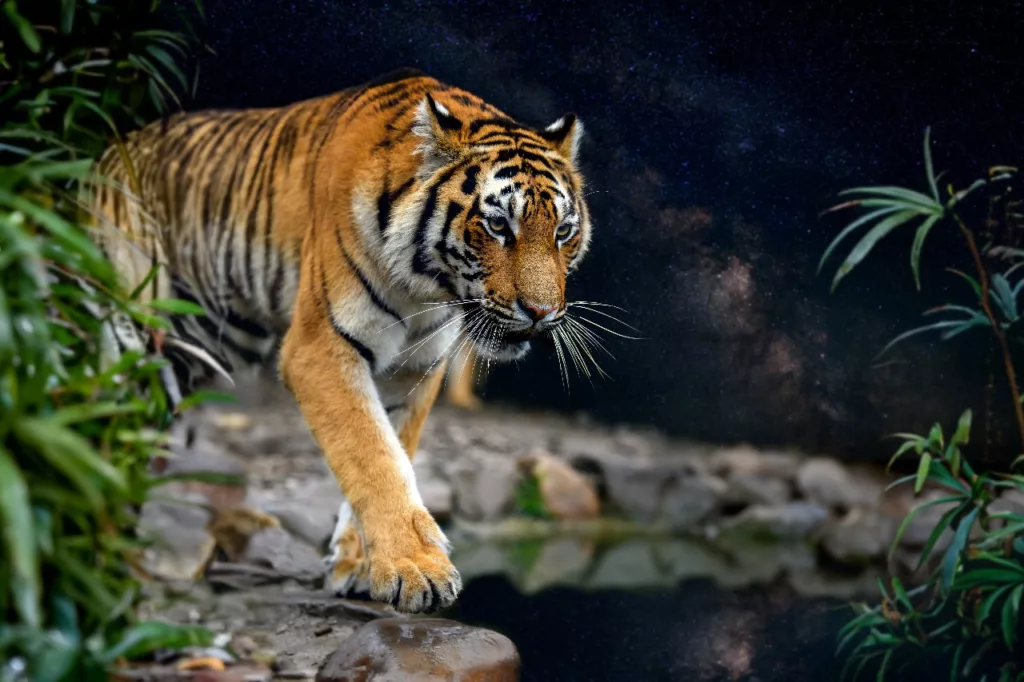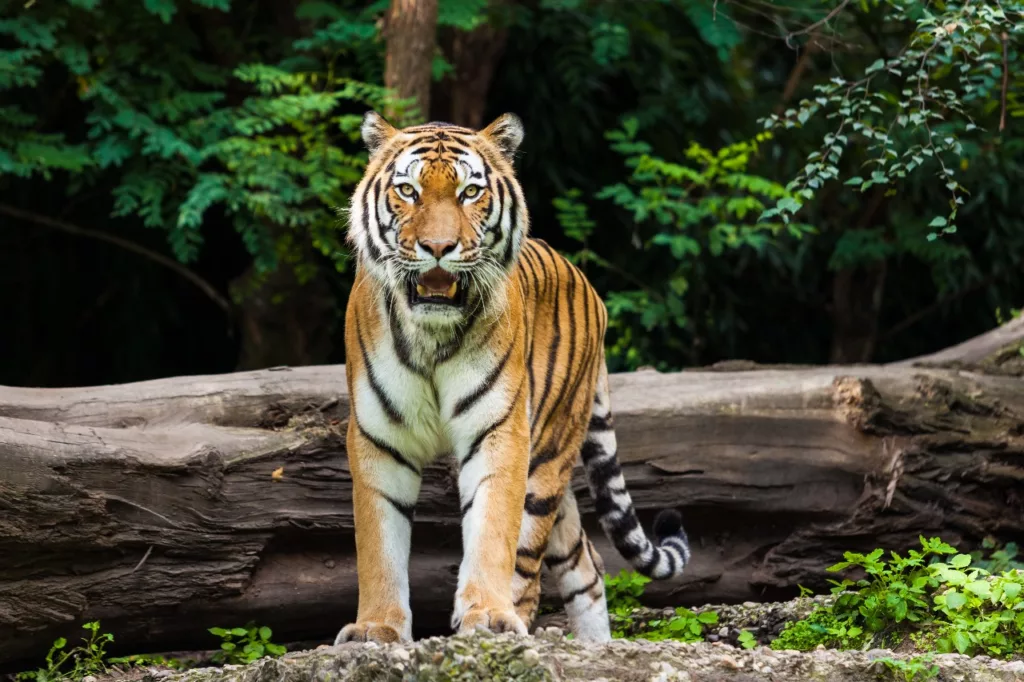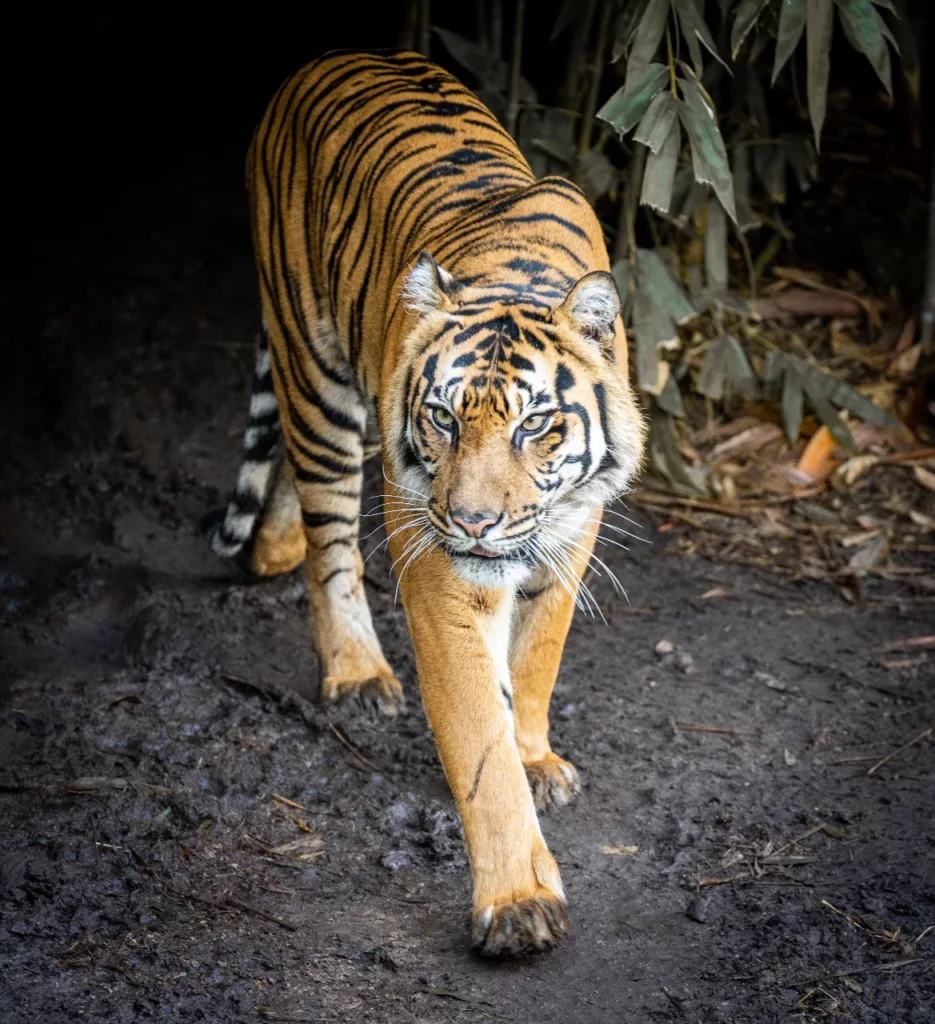Tigers, particularly the enigmatic Sumatran Tiger, hold a significant place in Indonesia’s ecological tapestry. Let’s delve into the intricate web of myths, challenges, and unique traits surrounding these majestic creatures.
Threats to Sumatran Tigers

Poaching and Habitat Loss
The allure of tiger body parts drives relentless poaching, further exacerbated by habitat fragmentation due to deforestation, leading to heightened human-tiger conflicts.
Remarkable Traits of Sumatran Tigers
Master Hunters
Sumatran tigers’ exceptional hunting prowess, aided by their unique physical attributes, cements their status as apex predators in the jungle.
Adaptability and Solitude
Their solitary nature and remarkable adaptability, including their ability to cover vast distances and navigate water bodies, showcase their resilience.
Distinctive Features
Identifiable by their smaller size, vibrant orange fur, and dense black stripes, Sumatran tigers stand out amidst their feline counterparts.
Dispelling Common Myths

Medicinal Beliefs
Contrary to popular belief, tiger bones do not possess miraculous medicinal properties, as they share similar compositions with other animal bones.
Symbolism of Tiger Parts
The notion of authority bestowed by tiger whiskers or courage derived from tiger fangs lacks scientific basis, rooted more in folklore than reality.
Cultural Significance and Coexistence

Myth and Reality
Local folklore paints Sumatran tigers as protectors, embodying ancestral spirits, fostering a unique bond between humans and these majestic beasts.
Tiger Man and Folklore
Legends like that of the “Tiger Man” underscore the deep-rooted reverence for Sumatran tigers, showcasing a harmonious coexistence between humans and wildlife.
Sumatran tigers symbolize not just the biodiversity of Indonesia but also the delicate balance between tradition, conservation, and modern challenges. Let’s cherish and protect these magnificent creatures for generations to come.






